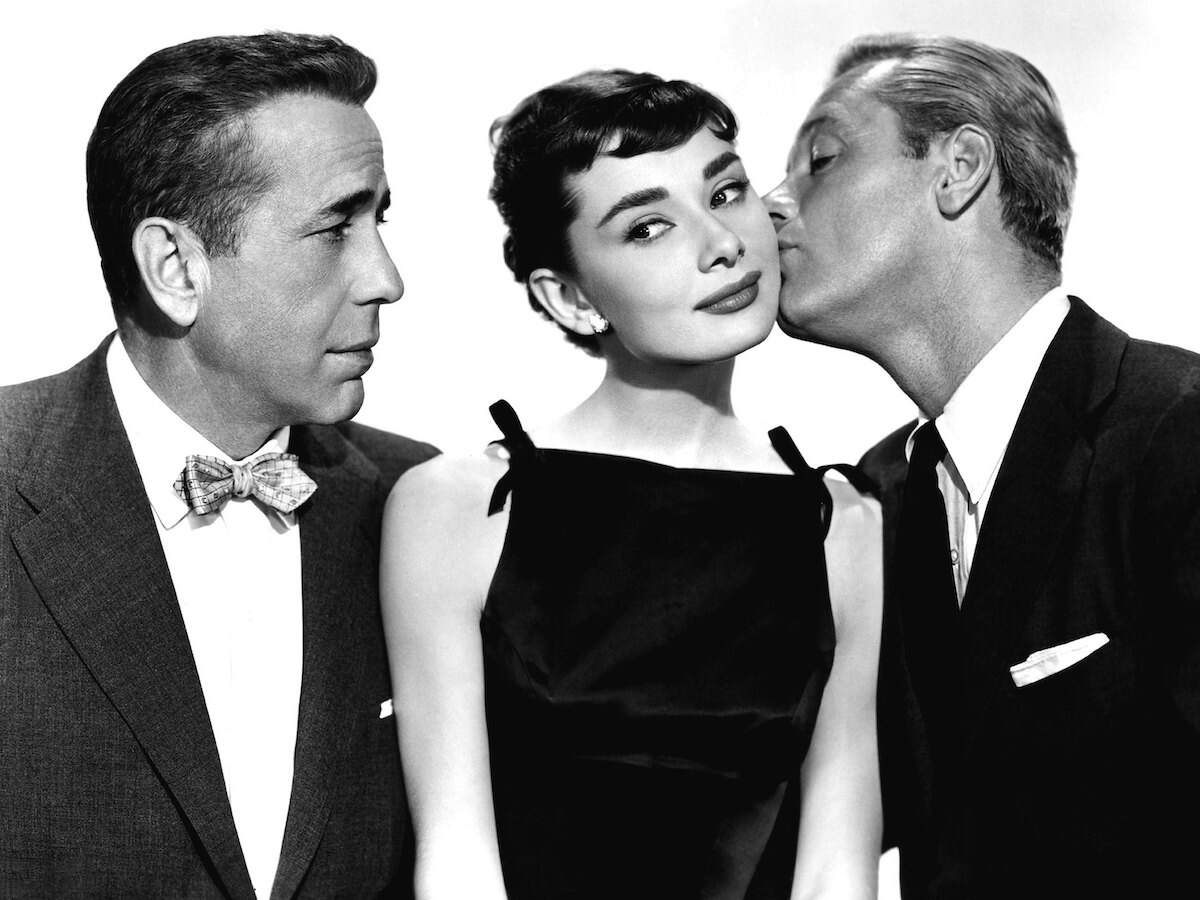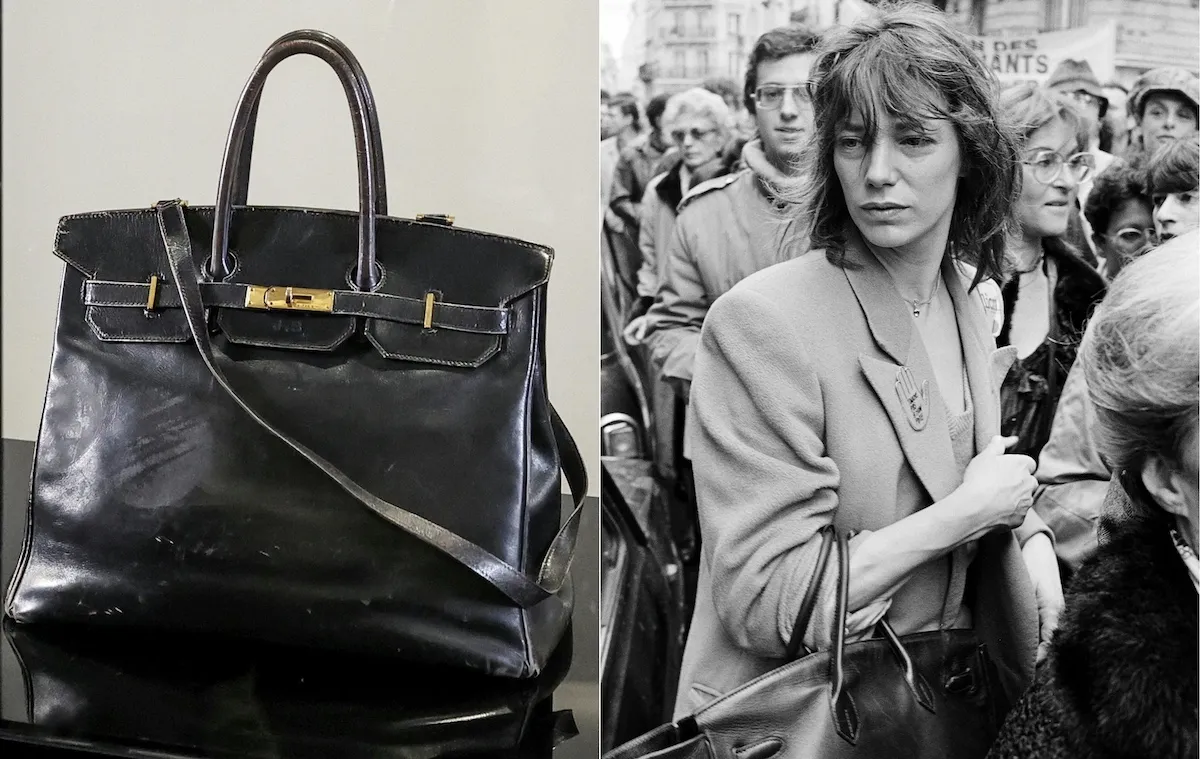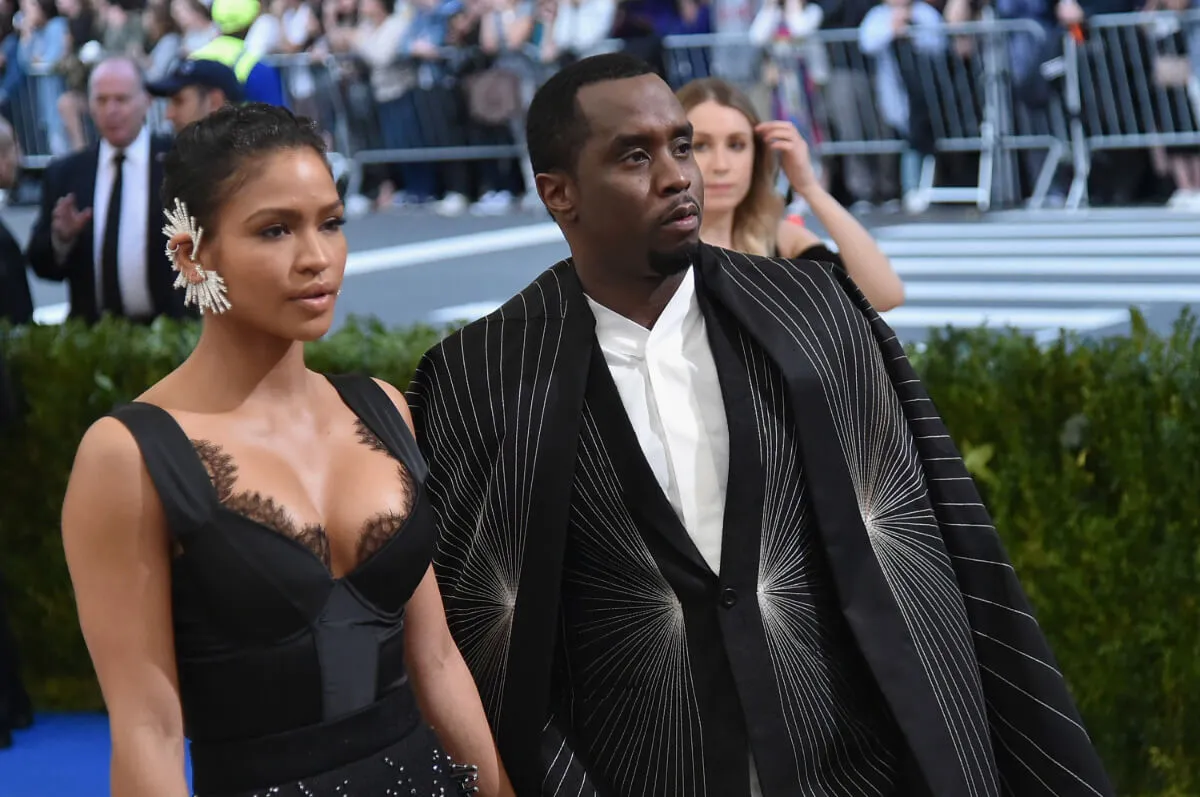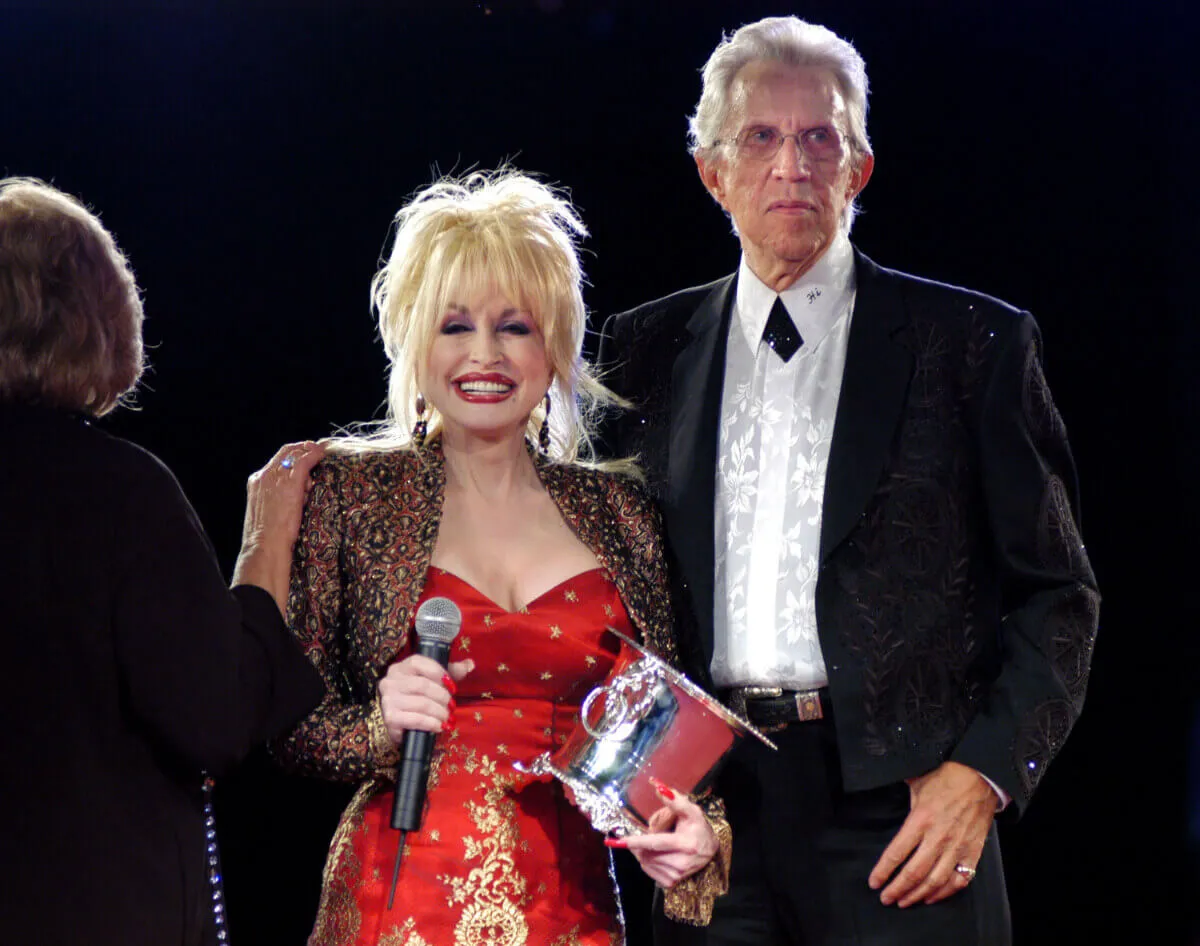
What Is an It-Girl, and Who Are the Most Famous It-Girls in History?
As long as pop culture has existed, so too has the concept of the “It Girl.” Throughout history, a select few women have captured the attention and desire of mainstream audiences with this iconic combination of talent, charisma, and opportunity.
The phrase “It Girl” isn’t as common in the modern lexicon, but the idea behind the term is as prevalent as ever.
What qualities create an ‘It Girl’?
It can be hard to define what an It Girl is. Like any notion of cool, it’s based more on an instinctive feeling more than any rational thought. You know it when you see it.
An It Girl can come from any sector of the entertainment industry. She can be a flourishing actress (Zendaya and Florence Pugh), model (the Hadid sisters), musician (Rihanna), or the representation of a burgeoning cultural scene.
Each of these women have their own sensibilities and talents. But they do share a commitment to being themselves no matter what critics say. That self-confidence is the backbone of their popularity.
The archetype of an It Girl has changed substantially as pop culture becomes more fractured and people have more options concerning who they want to watch, listen to, and interact with on social media.
Nylon asked several creative types about the state of the It Girl in 2022. One of their panelists, comedian Mary Beth Barone, considers this shift to be a change for the better:
“When I was young, there was a much more narrow scope of who could be an It Girl. I love that my nieces are growing up in a more vibrant world where there are so many incredible It Girls who come from different backgrounds in all shapes and sizes with no one prescribed sexuality or gender identity.
The term ‘It Girl’ has evolved to become gender neutral (much like the term ‘girly’) and I think that’s important.”
The ‘It Girl’ phrase could describe one-hit wonders or legendary artists
Marie Claire put together a list of the It Girl for every year from 1960 to 2015. Here is one example from each decade.
Audrey Hepburn (1961)
The woman who inspired millions of women’s wardrobes, Hepburn’s style and performance in Breakfast at Tiffany’s earned the fourth of her five Oscar nominations and cemented her as a timeless image of beauty.
Donna Summer (1975)
Following the release of her first album in the preceding year, Summer released the first of many hit songs. “Love to Love You Baby” set her on the path to becoming the “Queen of Disco“.
Molly Ringwald (1985)
Ringwald is an icon of ’80s cinema due to her artistic partnership with John Hughes. This year, 1985, she starred in the classic The Breakfast Club.
Whitney Houston (1992)
Is The Bodyguard a good movie? No. Is the soundtrack’s lead single “I Will Always Love You” four minutes and 31 seconds of audio heaven? Yes. Houston’s requisite vocals were unmissable during this time period.
Beyoncé (2003)
This year marked Beyoncé’s first steps as a solo act, releasing Dangerously in Love and starting her ascent to the top of pop music.
Emma Stone (2010)
Stone impressed audiences in Superbad and Zombieland. But in 2010’s Easy A, she showed she could be the lead star in films built around her for the first time.
The fact that you could conceivably name a different It Girl for each year shows how quickly culture moved even in a pre-internet age and how the media machine fetishized new stars, especially when it comes to women. A few breakthrough actors were referred to as “It Boys.” But this counterpart never caught on since male celebrities aren’t judged in the same way as their female counterparts.
The It Girl phenomenon started with Clara Bow
Clara Bow was Hollywood’s first It Girl. Born in 1905, the Brooklyn native began acting at the age of 16 after winning a nationwide talent contest run by a magazine. She quickly became a silent film star. Her performance in the 1927 movie It serving as the pinnacle of her career and the origin of her nickname.
It was based on a book written by Elinor Glyn, who also wrote the film’s screenplay. According to Cinema Daily US, the author defined her lead character as someone with “self-confidence and indifference as to whether you are pleasing or not — and something in you that gives the impression that you are not all cold. That’s ‘IT’.”
While the movie may not have any murderous clowns beckoning children into sewer drains, Bow’s portrayal of the plucky shopkeeper Betty Lou was revelatory for its time. She was charming, self-assured, and didn’t rely on men for security or happiness. (You can watch It on YouTube if you want to see her for yourself.)
Bow was the era’s sex symbol and successfully transitioned to the “talkies” when the industry evolved at the end of the 1920s. If this sounds familiar, then congrats on being one of the few dozen people who saw Damien Chazelle’s divisive movie Babylon, in which Margot Robbie plays a fictionalized version of Bow named Nellie LaRoy.
Bow reached this status in spite of a deeply traumatic childhood. Bow’s two older sisters both died in infancy and one of her childhood friends died in her arms after a house fire. Her mother Sarah Frances suffered from mental health issues so severe she once tried to kill Clara. And, according to Bow’s biographer David Stenn, her father sexually assaulted her after Sarah was institutionalized.
Bow retired from acting in 1933 to live on a ranch in Nevada with her husband, fellow actor Rex Bell. After years of physical and emotional issues, she died of a heart attack in 1965.


